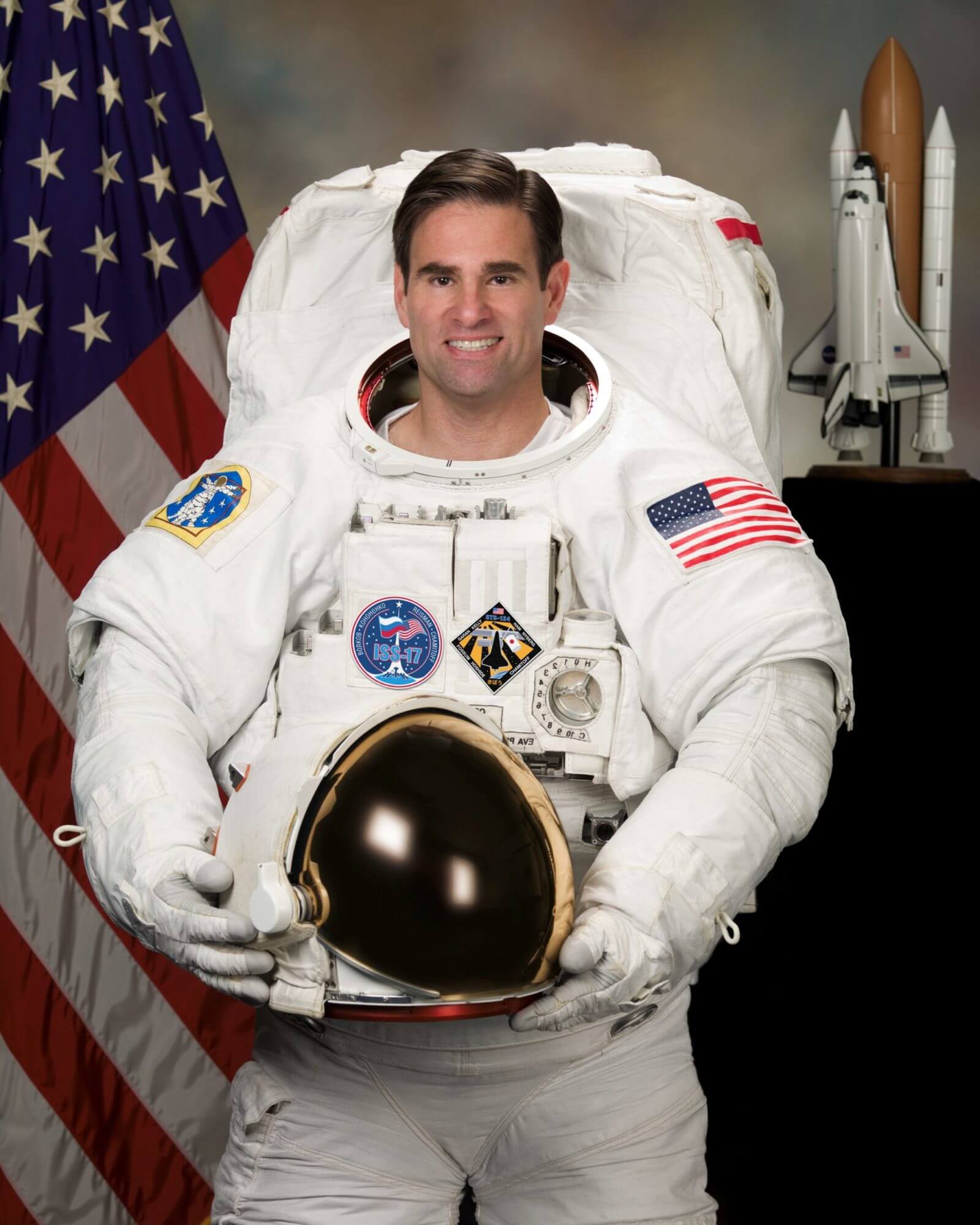“Engineering and Science High Above Planet Earth”
Link to video
About the lecture
While NASA develops new space launch capability to carry humans on missions of exploration deeper into the solar system, private enterprise is building the super-highways that will enable more people and more commercial activity in Space. Meanwhile, the International Space Station is the proving ground for new Space technology and for conducting the science that will enable us to
ultimately live throughout the solar system. Since the year 2000, we have continually had people living and working in Space. There’s a bright future for humanity as a truly space-faring species that will continue to expand and grow into the Cosmos.
Please join Greg Chamitoff, former Shuttle and Space Station Astronaut, on a tour of the International Space Station (ISS) and the Engineering and Science that is currently being conducted in Space. Greg had the good fortune of living and working on the ISS for six months as the Flight Engineer and Science Officer for Expedition 17. He also flew on the last mission of Space Shuttle Endeavour,
during which he performed two spacewalks in order to finish the final assembly of the ISS. The Space Station is a unique laboratory for a broad range of research and development toward future capabilities in Space and with applications back
here on Earth. It’s a shining example of what human beings can do when working together on a massive scale, and it serves as an inspirational model for how we should conduct exploration in the future.
Work Experience
As an undergraduate student at Cal Poly, Dr. Chamitoff taught lab courses in circuit design and worked summer internships at Four Phase Systems, Atari Computers, Northern Telecom and IBM. He developed a self-guided robot for his undergraduate thesis project. While at MIT and Draper Labs (1985 to 1992), Dr. Chamitoff worked on several NASA projects. He performed stability analysis for the deployment of the Hubble Space Telescope, designed flight control upgrades for the Space Shuttle autopilot and developed attitude control system software for the Space Station. In his doctoral thesis, he developed a new approach for robust intelligent flight control of hypersonic vehicles. From 1993 to 1995, Dr. Chamitoff was a visiting professor at the University of Sydney, Australia, where he led a research group in the development of autonomous flight vehicles and taught courses in flight dynamics and control. Currently, he holds adjunct professor positions with both the University of Sydney and Texas A&M University. He has published numerous papers on aircraft and spacecraft guidance and control, trajectory optimization and Mars mission design.
NASA Experience
In 1995, Dr. Chamitoff joined Mission Operations at the Johnson Space Center, where he led the development of software applications for spacecraft attitude control monitoring, prediction, analysis, and maneuver optimization. One of these applications is the 3-D “big screen” display of the International Space Station (ISS) and Space Shuttle used by Mission Control.
Selected by NASA as an Astronaut Candidate in 1998, Dr. Chamitoff has worked on Space Station Robotics, served as Lead CAPCOM for ISS Expedition 9, supported the training of ISS Expedition 6 as a Crew Support Astronaut and helped to develop procedures and displays for ISS operations. In 2002, Dr. Chamitoff was a crewmember on the NEEMO-3 Mission (NASA Extreme Environment Mission Operations), living and working on the Aquarius undersea research habitat for 9 days.
In 2008, Dr. Chamitoff served as the Flight Engineer and Science Officer for a 6-month mission aboard the International Space Station during Expeditions 17 and 18. He launched to the station on Shuttle Mission STS-124 and returned to Earth on Shuttle Mission STS-126.
In 2011, Dr. Chamitoff served as a Mission Specialist on the last flight of Space Shuttle Endeavour, STS-134. During this mission, he performed operations with the Shuttle and Station Robotic Arms, including the installation of a pallet of spare equipment (ELC‑3) and a particle physics observatory called the Alpha Magnetic Spectrometer (AMS), which holds great promise for fundamental breakthroughs in our understanding of the Universe. He also performed two spacewalks, the last of which marked the completion of ISS assembly and was the final spacewalk of the Space Shuttle Program. To date, Dr. Chamitoff has logged more than 198 days in space.
